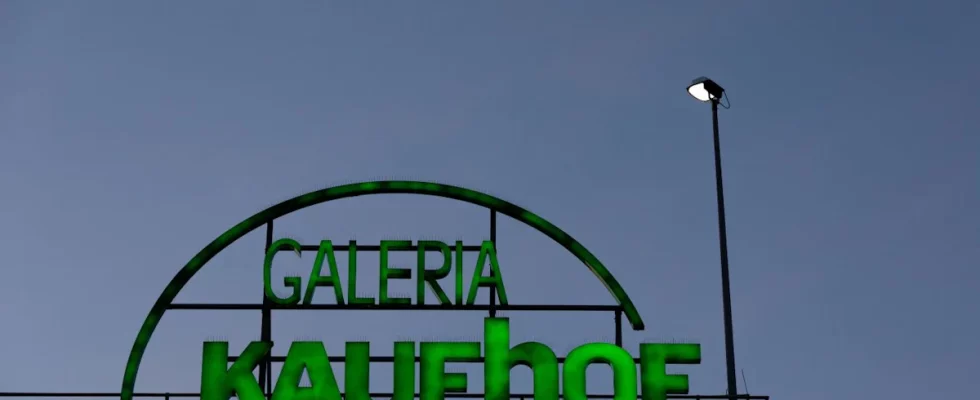At the press conference in Essen in mid-April, people joked about whether Mannheim would also be on the “closure list” of Galeria Karstadt Kaufhof. Because one of the new designated owners of the department store chain, Bernd Beetz, comes from Mannheim. The multimillionaire is president of SV Waldhof Mannheim and a local patriot, even if he lives in Switzerland.
But the branch in Mannheim is now actually on the eagerly awaited list. A total of 16 of the 92 branches are closing, many of them are in Bavaria: Augsburg, Regensburg Neupfarrplatz and Würzburg. Regensburg is one of two medium-sized cities that still have two Galeria branches. One of them is now gone. The other city is Trier. Galeria sees no future for the branch on Fleischstrasse there.
In Cologne, the department store on Breite Straße is closing, the one on Hohe Straße will remain in place, as will 76 other locations. In Berlin, three stores are closing: in the Ringcenter, in Spandau and Tempelhof. However, Berlin still has five Galeria department stores, and there is also the KaDeWe.
Anyone who lives in Potsdam and enjoyed shopping at Galeria there now has to go to Berlin or somewhere else. Because it’s over there too. The remaining “closure branches” are spread across the republic: Chemnitz, Essen, Leonberg, Mainz, Oldenburg, and Wesel.
According to the company, the decisive factor for the end was whether the branches were making money or had a chance of doing so. “Each of the branches to be continued must have the potential to achieve the necessary profitability today or in the foreseeable future,” the company announced on Saturday. The decisive criteria were the purchasing power in the cities and especially the level of rents. However, previous insolvency proceedings have shown that cities can be taken off the strike list again. For example, if after their publication the landlords give in and reduce the rents.
Insolvency administrator Stefan Denkhaus said: “We have defined a standard market rental corridor of seven to eleven percent of sales as a goal in order to be able to operate the respective branch economically profitably.” In some cases, the rents actually paid were well above this corridor. This was particularly the case with the 18 branches that belonged to the previous, insolvent owner Signa of the Austrian entrepreneur René Benko. In Cologne Hohe Straße, the rent was 33 percent based on sales. Now there are only four Signa branches on the deleted list: Mainz, Trier, Würzburg and Mannheim. This shows that Signa was flexible in the negotiations with Denkhaus about the rent level. The Signa branch on Rotkreuzplatz in Munich also made it off the list.
“We negotiated hard to keep every single branch,” said Denkhaus. “Not only in the interests of the employees, but also with a view to lively inner cities.” He even thanked Torsten Martini, who negotiated the rents there as insolvency administrator for the Signa properties.
Unlike previous bankruptcies, this time employees in cities that are not affected do not have to worry about their jobs. A transfer company is available to the 1,400 employees who are now being laid off. The conditions are relatively comfortable: you can receive 80 percent of your gross salary over eight months. According to the press release, around 11,400 of the current 12,800 jobs will be retained. 450 employees at the company headquarters in Essen have to go. The administration will move to the fourth and fifth floors of the branch on Schadowstrasse in Düsseldorf.
The next step in the insolvency proceedings, which began in January, is the creditors’ meeting scheduled by the Essen district court for May 28th at the Messe Essen.

